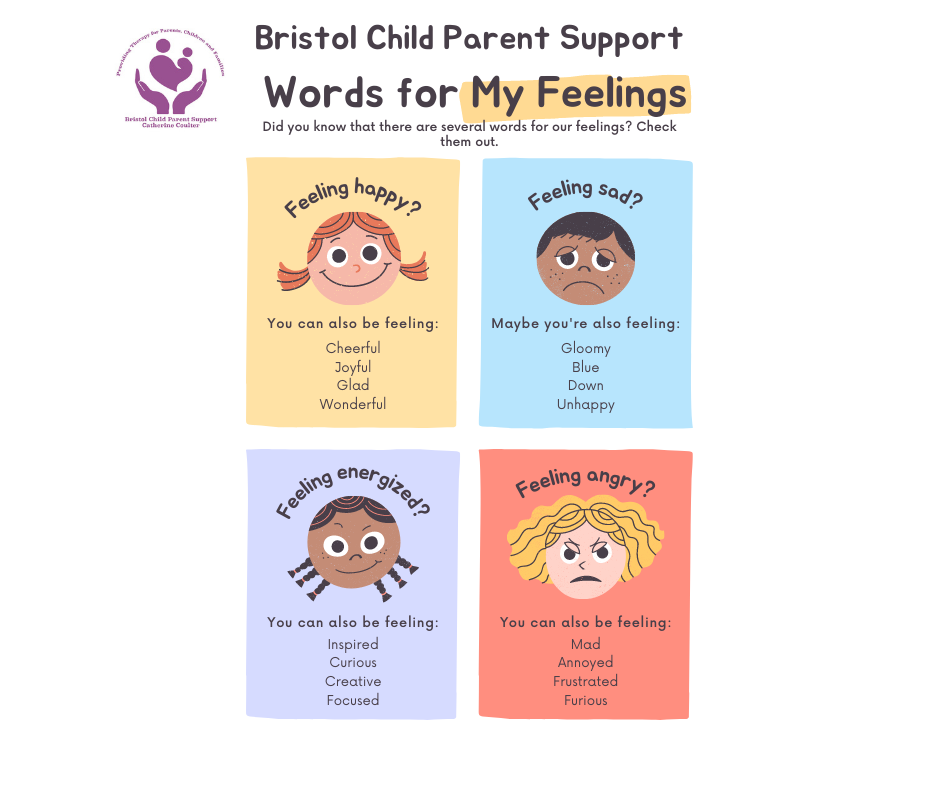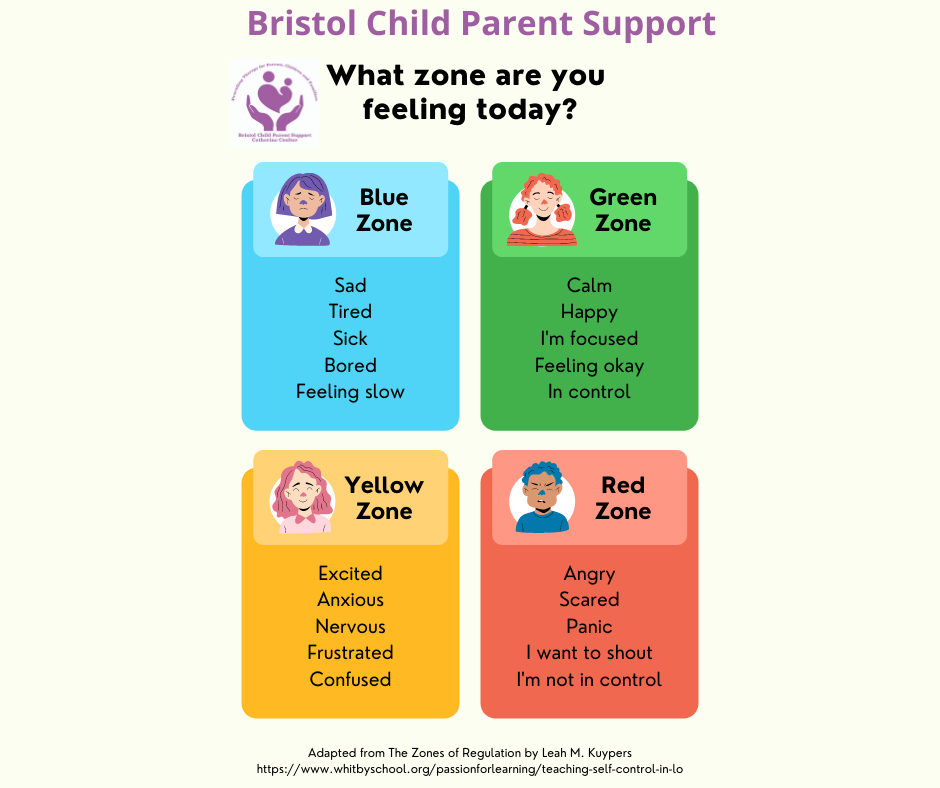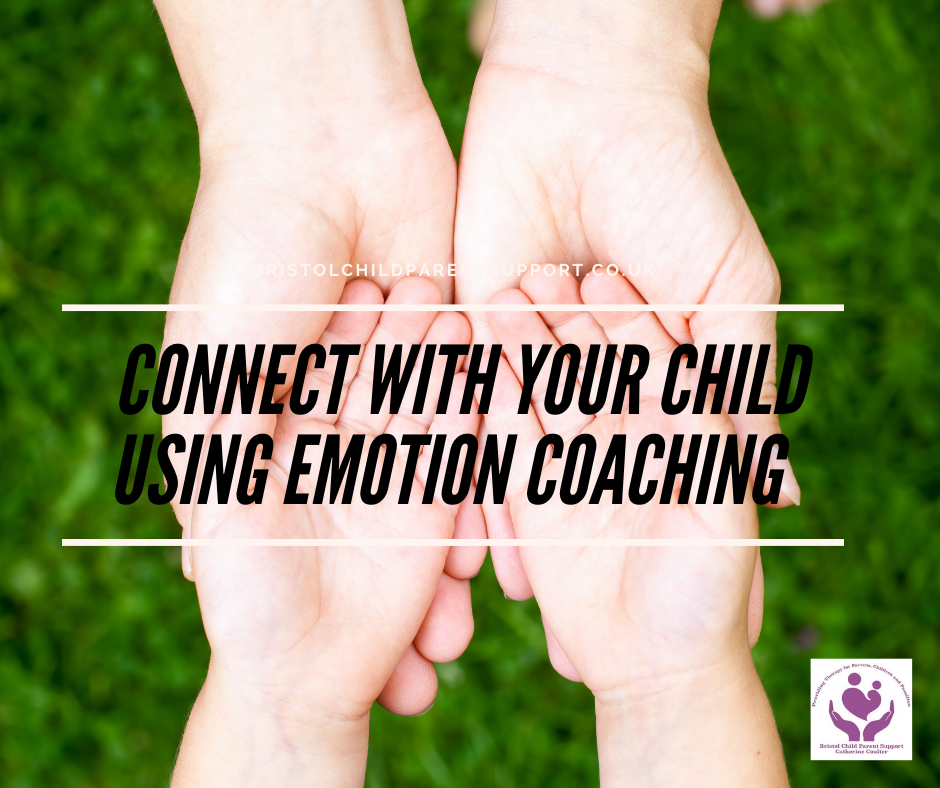Many of us grew up in families where emotions were expressed, but rarely discussed or mirrored, but this doesn’t have to be the case with your children.
Attending and validating a child’s emotions might lead to an “aha moment” of connection, and I know every parent wants one of those. Emotion Coaching is a technique that will support this process. Here are some ways to incorporate Emotion Coaching into everyday parenting.
What is Emotion Coaching?
Understanding different emotions and how to manage them, especially in times of difficulty, enables young people to manage their emotions more effectively. Through empathy, parents can teach or guide their children about more effective responses.
Research shows Emotion-Coached children:
- Achieve more academically in school
- Are more popular
- Have fewer behavioural problems
- Have fewer infectious illnesses
- Are more emotionally stable
- Are more resilient (Gottman 1997)
Who Developed It?
Dr John Gottman created Emotion Coaching (1996-1997). Dr John Gottman and his colleagues studied families, first examining children from age three longitudinally up to age 15.
“They found that concerned, warm, and involved parents often had attitudes toward their and their children’s emotions that got in the way… when the child was sad, afraid or angry,” they write. “The secret to being an emotionally intelligent parent lies in how parents interacted with their children when emotions ran hot.”
The found discipline alone will not provide those magic moments of connection.
He and his colleagues developed five steps that parents use with their children to build empathy and model emotional intelligence. (The Gottman Institute)
What are the Five Steps of Emotion Coaching?
1. Being aware of your child’s emotion
Unfortunately, you need to be aware of your emotions to attend to your child. This is not easy if we experience blocked care from our parents. You may need to work on your feelings and emotions first.
Try and stay calm and use gentle language.
You could say: “I see something is up.” We can so often give up if there is no response, but keep the opportunity open by acknowledging “maybe it’s not the right time, but do come and talk to me later/or if it’s okay with you, I might ask you again later.”
2. Recognising emotion as an opportunity for intimacy and teaching
When our home feels like a battleground, it is so hard to hold onto the positive in the situation. Challenge negative thoughts. Teach yourself “self-talk”, you might say:
“I am doing my best, and so are they right now.”
3. Listen empathically and validate the child’s feelings
This is the most important but challenging step; it shows “I understand you and your experience.” Validating involves putting yourself in their shoes and conveying an understanding of their experience as they experience it. This consists of imagining what the situation must be like for them.
4. Help your child label the emotions verbally
Words can help your child understand something that might be scary. Remember, everyone experiences feelings/emotions. Try and help them with a wide range of feeling words. Here are some ideas below:
If they are young or struggling, offer them the terms. Remember, children are unable to link their behaviour with their feelings (it’s just brain development).
Words such as, I wonder, could you be, do you think you could say:
“I wonder if you may be sad right now?”
“Do you think you might be disappointed?”
And instead of using the word “but”, use “because“
“I can understand why you might feel sad, because you know you’ll miss out on the party.”
“I can see how you might feel……because…”
You can also help them use zones of feelings, such as in the diagram below:

Use the right tone of voice, but in a calm manner. Remember, all feelings are accepted, but some behaviours are limited!
5. Setting limits while helping your child problem solve.
Dr Gottman has five parts to this:
Making sure appropriate limits
What are your family rules? Remember safety first. You could say:
“I understand you are angry, but I can’t let you kick me, come and sit next to me to calm down.” (You may need to follow the consequence). “Remember what we discussed when you feel angry. We take big deep breaths or go to the big feelings tent.”
Identifying goals
Many families with whom I work have many goals. It’s essential to focus on one or two. This means you can work intensely. Remember, your goals may be different for your children. Sit down with them and try and discuss this.
Thinking of possible solutions
Sometimes this is not possible at the moment, but may be possible later when the situation has calmed down.
You could say: “How can I help you now? What can you do to beat the worry monster?”
Helping your child choose a solution as in here:
This can take time, but having lots of conversations during family meetings.
Why bother to Emotion Coach?
I know every parent I work with wants a loving connection with their child. Research shows Emotion Coaching promotes emotional intelligence and creates positive, long-lasting effects for children. It supports children through life’s ups and downs in a way that builds confidence and helps them grow socially, emotionally, and intellectually. More importantly, it creates a secure connection between you and your child. It is never too late to change.
Remember: parenting is hard work, and you deserve support. And when it all starts to feel impossible, ask for help. If you need help and support, contact me for a consultation or join my newsletter community. With gratitude, Catherine
If you enjoyed this blog post and found it helpful or inspiring, please share it with your friends on social media by clicking on the icons on the side. Thank you for visiting my website!
References:
The Gottman Institute
Emotion Coaching: A universal strategy for supporting and promoting sustainable emotional and behavioural well-being Licette Gus, Janet Rose & Louise Gilbert Educational & Child Psychology Vol. 32 No. 1



